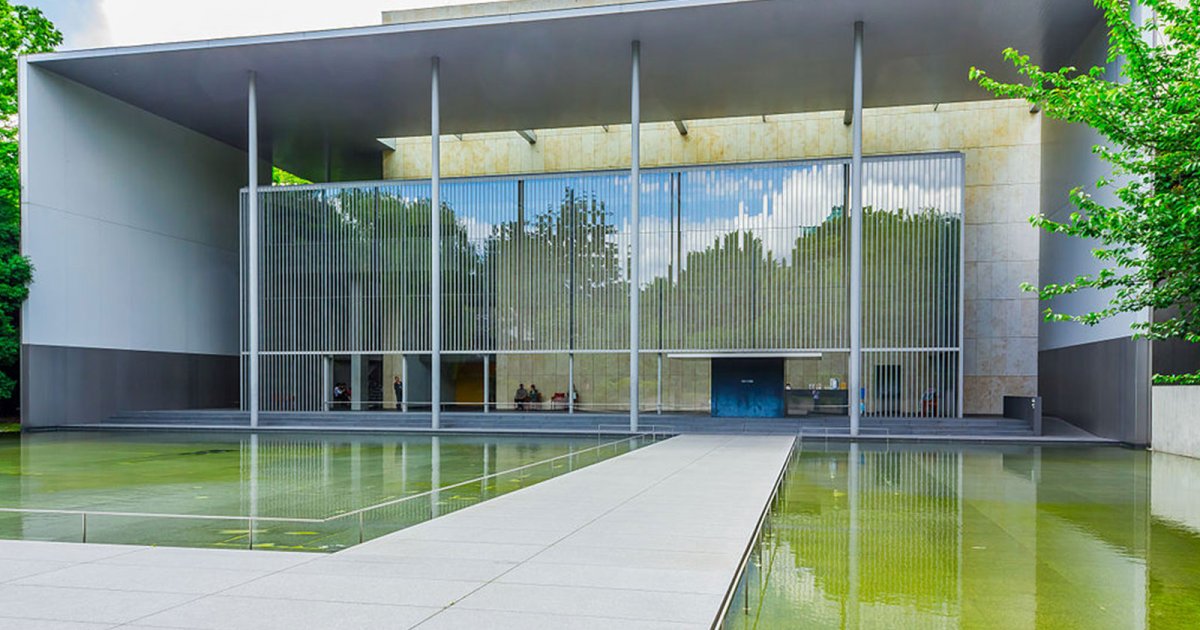NATIONAL MUSEUM, Tour
 Language: English / USA
Language: English / USA
The Japanese art collection in the Honkan building is divided into 24 rooms, arranged on two floors. The ceramics, sculptures, swords and drawings that make up the collection tell the story of Japanese art from 10,000 BC to the late 19th century.
The visit begins on the second floor, where the exhibits are organized into a number of themes, such as Buddhist art, the tea ceremony, Samurai clothing, Noh theater and Kabuki theater. The exquisite pottery, splendid jewelry, statues of Buddha and other deities, theater masks, armor, ancient drawings, prints and poetry books will take you on a fascinating journey through the uniquely complex Japanese artistic tradition.
In Room 2, known as the National Treasure Gallery, some of the museum’s most precious objects are displayed on a rotating basis.
On the first floor, on the other hand, works are displayed according to type: ceramics, sculptures, lacquered wood, swords (the famous katana), ethnic and historical materials.
The other rooms are reserved for temporary exhibitions, as well as an exhibition for children.
From here, I suggest you move on to the Heiseikan archeological gallery, for a complete overview of Japan through the centuries. The archeological material is displayed on the first floor, while the second floor is given over to temporary exhibitions.
For example, you can see ceramics dating to 10,000 BC, or the earliest polished stone tools in the world, dating back to the early Stone Age, 30,000 years ago. Also dedicated to Japan is the gallery featuring the treasure of the Buddhist temple Horyu-ji, the oldest wooden building in the world, mostly consisting of statues and calligraphy works.
Once your curiosity on Japan has been satisfied, you can move on to the Toyokan building, featuring ten rooms divided into seven regions, where you can admire some superb, fascinating art and archeology collections from China, Korea, Southeast Asia, India, the Middle East and Pakistan. On the first floor, there is also a section dedicated to Egyptian Art.
Let me leave you with an interesting fact: among the exhibits that make up the Asian collection, you’ll find Greek sculptures from the first centuries AD, portraying Buddhist or Indian deities. Don’t be too surprised: remember that Greek art spread through the East with the conquests of Alexander the Great, which went as far as India.



